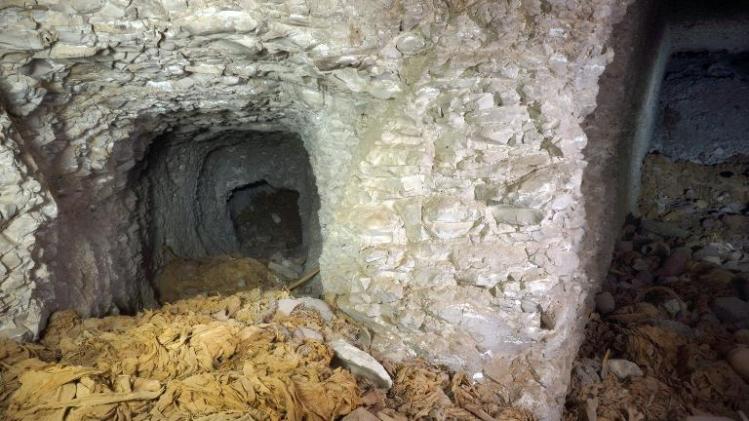
The
inner chambers of a more than 4,000 year old pharaonic tomb believed to
belong to an important leader from the eleventh dynasty in the ancient
city of Luxor was discovered by Spanish archeologists on June 9, 2014
Spanish archeologists have discovered a pharaonic tomb belonging
to a leader from the 11th dynasty of Egypt in the city of Luxor, the
antiquities ministry said on Monday.
The
wide surface of the tomb showed it was that of "someone from the royal
family or a high-ranking statesman," Egyptian Antiquities Minister
Mohamed Ibrahim said in a statement.
The
Spanish team was headed by Jose Galan, who said the tomb would provide
new insights into the dynasty that ruled in Luxor, the capital of
Ancient Egypt.
"This discovery confirms the presence of many tombs from the 11th dynasty in the Deraa Abu Naga region," said Galan.
One
tomb dating back to the same period was discovered in the area five
years ago. It contained a red sarcophagus, a well-preserved mummy, as
well as arrows and arches that are now on display in Luxor's museum.
"The
tomb may have been used as a mass grave given the high number of human
remains" discovered in it, antiquities ministry official Ali al-Asfar
said on Monday, referring to the newly discovered site.
But
it was also used during the 17th dynasty as pottery tools and utensils
from this period were discovered in the tomb, Asfar added.
Luxor,
a city of some 500,000 people on the banks of the Nile in southern
Egypt, is an open-air museum of intricate temples and pharaonic tombs.

No comments:
Post a Comment